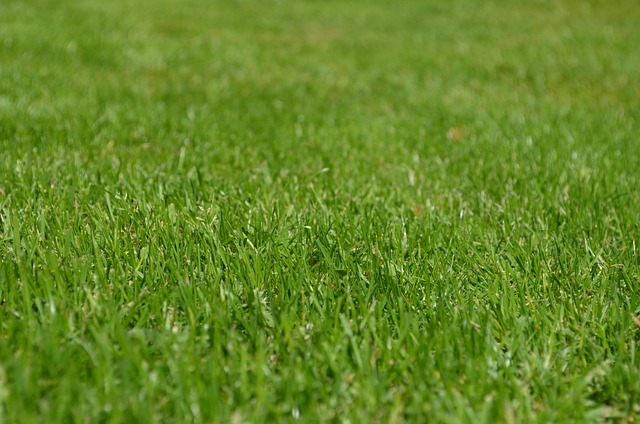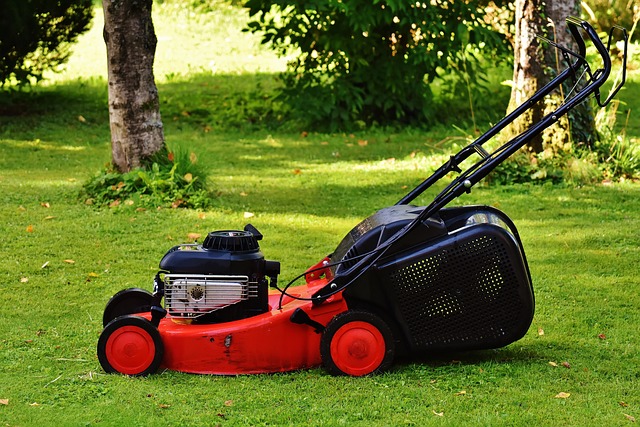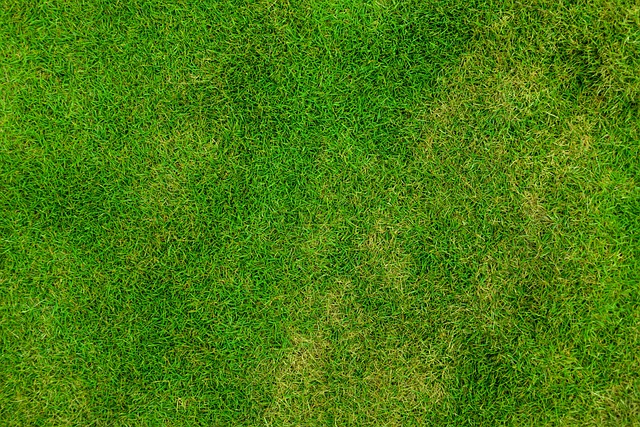Mulching and edging are essential practices in Lawn Care and Landscaping that significantly enhance turf health, curb appeal, and overall landscape aesthetics. Mulch conserves moisture, stifles weeds, and improves soil structure, while edging defines grass edges beautifully. Best practices include even application, avoiding trunk piling, maintaining consistent depth (2-4 inches), regular replenishment, and precise application of organic materials like wood chips or compost to prevent weed encroachment and enrich the soil over time.
Transform your lawn into a picture of perfection with effective mulching and edging techniques. This comprehensive guide explores the art of lawn care and landscaping, highlighting the benefits of mulching for soil health and weed control, while offering practical tips for optimal results. Learn professional edging techniques to achieve a neat, polished look around flower beds and walkways. Discover how integrating these practices can enhance your outdoor space, ensuring a lush, well-maintained lawn that becomes the envy of the neighborhood.
- Understanding Mulching: Benefits and Best Practices
- Edging Techniques for a Neat Lawn Appearance
- Combining Mulching and Edging: Tips for Optimal Lawn Care
Understanding Mulching: Benefits and Best Practices

Mulching is an essential practice in lawn care and landscaping that offers numerous benefits for your outdoor space. By adding a layer of organic or inorganic material on top of the soil, mulch acts as a protective barrier, conserving moisture, suppressing weeds, and improving soil structure over time. This natural process enhances the overall health and appearance of your lawn, making it an attractive feature in your landscape design.
When applying mulch, it’s crucial to follow best practices for optimal results. Ensure even coverage, avoiding piling mulch against tree trunks or shrubs to prevent rot. The depth of application should be consistent, typically 2-4 inches deep, allowing air circulation and preventing pest issues. Regularly replenishing the mulch helps maintain its benefits, creating a healthy environment for your lawn and contributing to low-maintenance landscaping.
Edging Techniques for a Neat Lawn Appearance

Maintaining a pristine lawn involves more than just mowing; edging plays a crucial role in achieving that neat, polished look. Edging techniques are an essential part of lawn care and landscaping, allowing you to define your grass edges beautifully. One popular method is using manual edgers, which offer precise control for intricate designs. These tools enable landscapers and DIY enthusiasts alike to trim alongside sidewalks, driveways, and flower beds, creating clean lines that enhance the overall curb appeal.
For a more efficient approach, consider investing in an electric or gas-powered edger. These machines swiftly and effortlessly cut through tough grass and weeds along borders, saving time and effort compared to manual methods. Whether you opt for traditional tools or modern equipment, edging is a fundamental practice in lawn care that contributes significantly to the overall health and attractiveness of your outdoor space.
Combining Mulching and Edging: Tips for Optimal Lawn Care

Combining mulching and edging is a game-changer in lawn care and landscaping. Mulch, acting as a protective layer, conserves moisture, suppresses weeds, and enriches soil over time. Edging, on the other hand, enhances curb appeal by defining grass boundaries with adjacent gardens or pathways. To achieve optimal results, time these tasks together—edging before mulching allows for precise application of mulch along edges, preventing it from spreading onto walkways or plants.
For effective mulching, choose organic materials like wood chips, straw, or compost based on your lawn’s needs. Apply a 2-4 inch layer evenly across the lawn, avoiding direct contact with tree trunks. Regularly replenish mulch to maintain its depth, ensuring optimal performance and appearance of your lawn and landscaping efforts.
Mulching and edging are essential practices in lawn care and landscaping, offering both functional and aesthetic benefits. By understanding the advantages of mulching—such as soil enrichment and moisture retention—and mastering edging techniques to create clean lines, you can significantly enhance your lawn’s appearance and health. Combining these methods ensures a well-manicured, vibrant landscape that not only boosts curb appeal but also contributes to a healthier, more sustainable environment.
